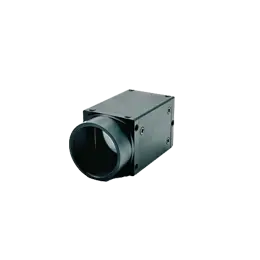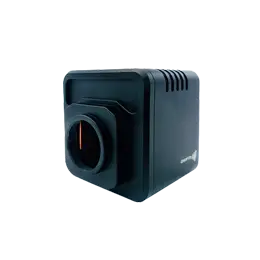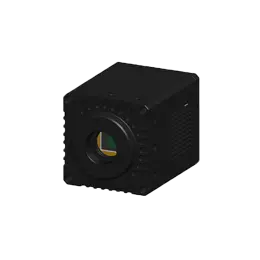When we think of night vision technology, the first image that comes to mind is often the green hue of night vision goggles. However, a revolution is taking place in this field with the introduction of InGaAs image sensors. Offering unprecedented visibility in low light conditions, these sensors have become essential components in a wide range of applications. In this article, we will explore the capabilities and significance of InGaAs image sensors in night vision technology.
InGaAs image sensors are based on Indium Gallium Arsenide (InGaAs), a compound semiconductor material that allows detection of light in the near-infrared (NIR) spectrum. This unique property allows InGaAs image sensor to "see" beyond what is visible to the human eye. Unlike traditional image sensors, InGaAs sensors can capture images in complete darkness, offering vivid and detailed visuals even in the absence of visible light.
The applications of InGaAs image sensors are vast, encompassing fields such as surveillance, automotive, defense, and scientific research. In surveillance, these sensors play a crucial role in monitoring areas with minimal or no ambient light, ensuring the safety and security of critical infrastructures. Automakers are integrating InGaAs image sensors into advanced driver-assistance systems (ADAS) to enhance night vision capabilities, thereby reducing road accidents. Furthermore, the defense sector heavily relies on InGaAs image sensors for night surveillance, target acquisition, and reconnaissance missions.
The integration of InGaAs image sensors in night vision technology offers a multitude of advantages. Firstly, their ability to detect NIR light allows for enhanced visibility in low light conditions without the need for additional illumination sources. This reduces costs and power consumption, making InGaAs image sensors an efficient choice. Secondly, the high sensitivity of InGaAs sensors enables the detection of subtle temperature differences, making them ideal for thermal image sensor applications. Lastly, the compact size and ruggedness of InGaAs sensors make them suitable for use in harsh environments, expanding their usability in various industries.
In conclusion, the incorporation of InGaAs image sensors has revolutionized night vision technology. The ability to see beyond the visible spectrum has opened up new possibilities in surveillance, automotive safety, defense, and scientific research. With their enhanced capabilities, InGaAs image sensors are pushing boundaries and providing us with the ability to observe and understand the world even when light fails us. As the demand for higher levels of security and safety continues to grow, the role of InGaAs image sensors in night vision technology will only become more prominent leading to further advancements in this field.



